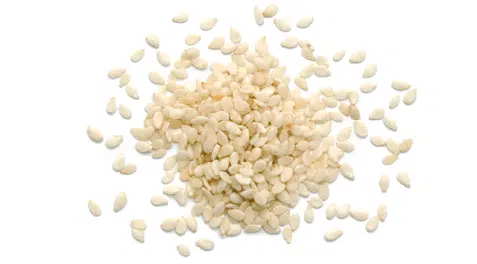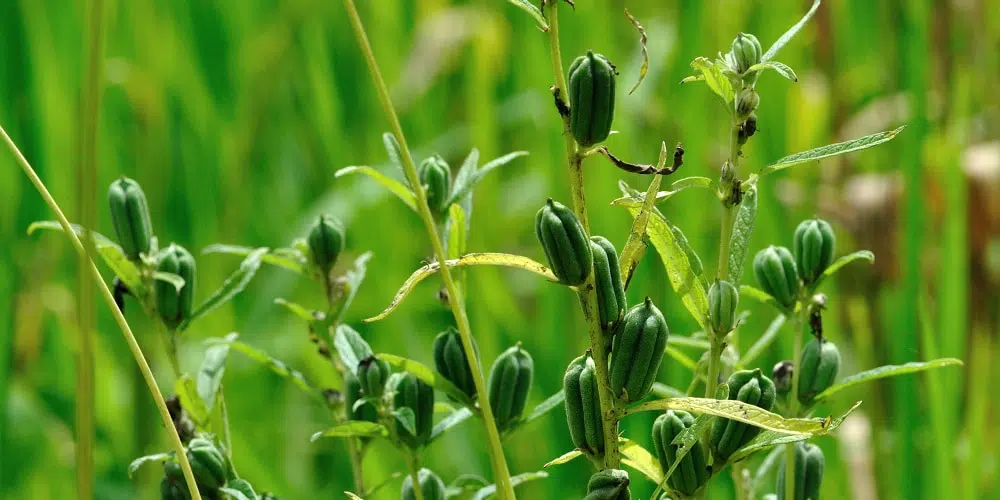Sesame seeds
Sesame seed is a spice that grows on the sesame plant. The sesame plant has an extensive root system which allows it to find water. This allows the plant to withstand drought and grow well in subtropical areas around the world. The origin of the plant lies in the Central African savannah, but it is now also grown in South America, Central America and parts of Asia. The best quality herbs and spices are grown in the areas of origin. That is why Verstegen sesame comes from Mexico.




